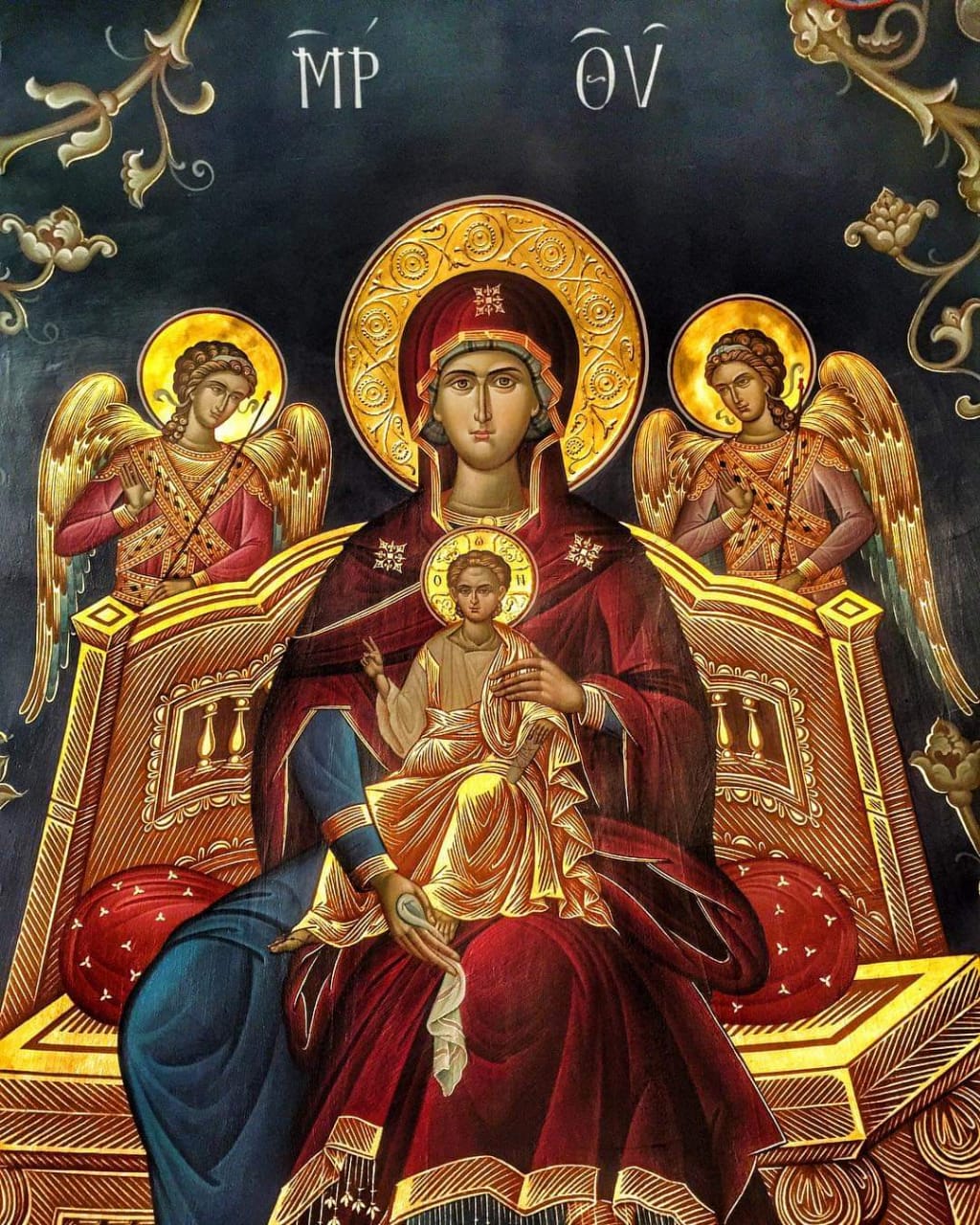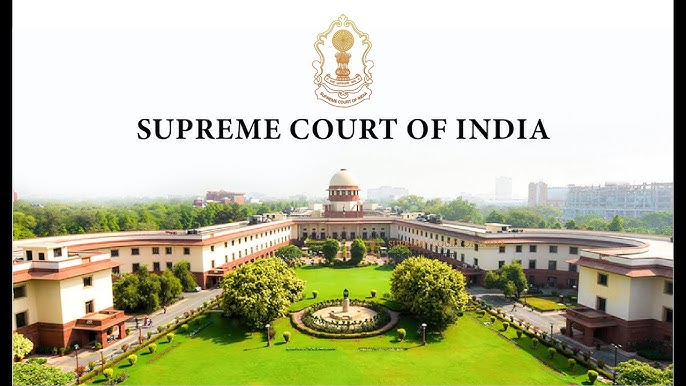
The Theotokos (Mother of God), involves understanding the theological perspectives held by the Oriental Orthodox Churches on Mary and how they interpret her role and significance within the Christian faith. The Oriental Orthodox Churches include the Armenian Apostolic, Coptic Orthodox, Eritrean Orthodox, Ethiopian Orthodox, Malankara Orthodox Syrian Church, and Syriac Orthodox Churches. They share an everyday theology and tradition that slightly differs from the Eastern Orthodox, Roman Catholic, and Protestant traditions, especially concerning Christology and Mariology.
Introduction to Oriental Orthodox Mariology
The Oriental Orthodox Churches hold Mary, the Mother of Jesus, in high regard, referring to her as “Theotokos,” which means “God-bearer” or “Mother of God.” This title was officially adopted at the Third Ecumenical Council (the Council of Ephesus) in 431 AD, a council that the Oriental Orthodox Churches accepted. The title underscores the belief in the hypostatic union of Christ’s divine and human natures in one person, affirming that Mary gave birth to God in His incarnation.
Key Biblical References
- Luke 1:26-38 – The Annunciation: This passage describes the angel Gabriel’s announcement to Mary that she would conceive and give birth to Jesus. It highlights her obedience and willingness to serve as the mother of the Messiah.
- Luke 1:39-56 – The Visitation and The Magnificat: Mary’s visit to Elizabeth, who is filled with the Holy Spirit and recognizes Mary as “the mother of my Lord” (v. 43), and Mary’s Magnificat, praising God for His favor are central to understanding Mary’s role and her recognition by others as the mother of God.
- Matthew 1:18-25 – The Birth of Jesus: This passage, along with Luke 2:1-21, narrates the virgin birth, emphasizing Mary’s role in fulfilling prophecy and her virginity, a significant aspect of her veneration in the Oriental Orthodox tradition.
- John 19:25-27 – At the Cross: Jesus entrusts Mary to the care of the Apostle John, symbolizing her role as the mother of all believers. This passage often indicates Mary’s spiritual motherhood over the Church.
- Galatians 4:4 – Paul’s Epistle: “But when the fullness of time had come, God sent his Son, born of a woman, born under the law.” While not mentioning Mary by name, this verse is significant for its affirmation of Jesus’ incarnation through Mary, reinforcing her title as Theotokos.
Theological Implications and Devotional Practices
- Christological Significance: The title Theotokos is not just Marian doctrine but is primarily Christological, emphasizing Jesus Christ’s divinity and humanity. Oriental Orthodox theology strongly links Mary’s reverence to affirming Christ’s nature as God and man.
- Intercessory Role: Oriental Orthodox Christians believe in Mary’s intercessory role, seeing her as a mediatrix who intercedes on behalf of believers. This belief is supported by her actions in Scripture, such as at the Wedding at Cana (John 2:1-11), where Jesus performs His first miracle at her intercession.
- Devotional Practices: The veneration of Mary includes specific feasts, hymns, and prayers dedicated to her. The Akathist Hymn is a notable example, though its use may vary among Oriental Orthodox Churches. The fast of the Assumption and the monthly commemoration of the Virgin Mary are other examples of Marian devotion.
Conclusion
In Oriental Orthodox Christianity, Mary is venerated as the Theotokos, a title that reflects deep Christological beliefs and underscores her unique role in salvation history. Biblical passages related to Mary are interpreted in light of this theological understanding, reinforcing her significance within the faith. Through her obedience, trust, and motherhood, Mary is seen as a model for all Christians, and her intercession is sought in the life of prayer and worship.

